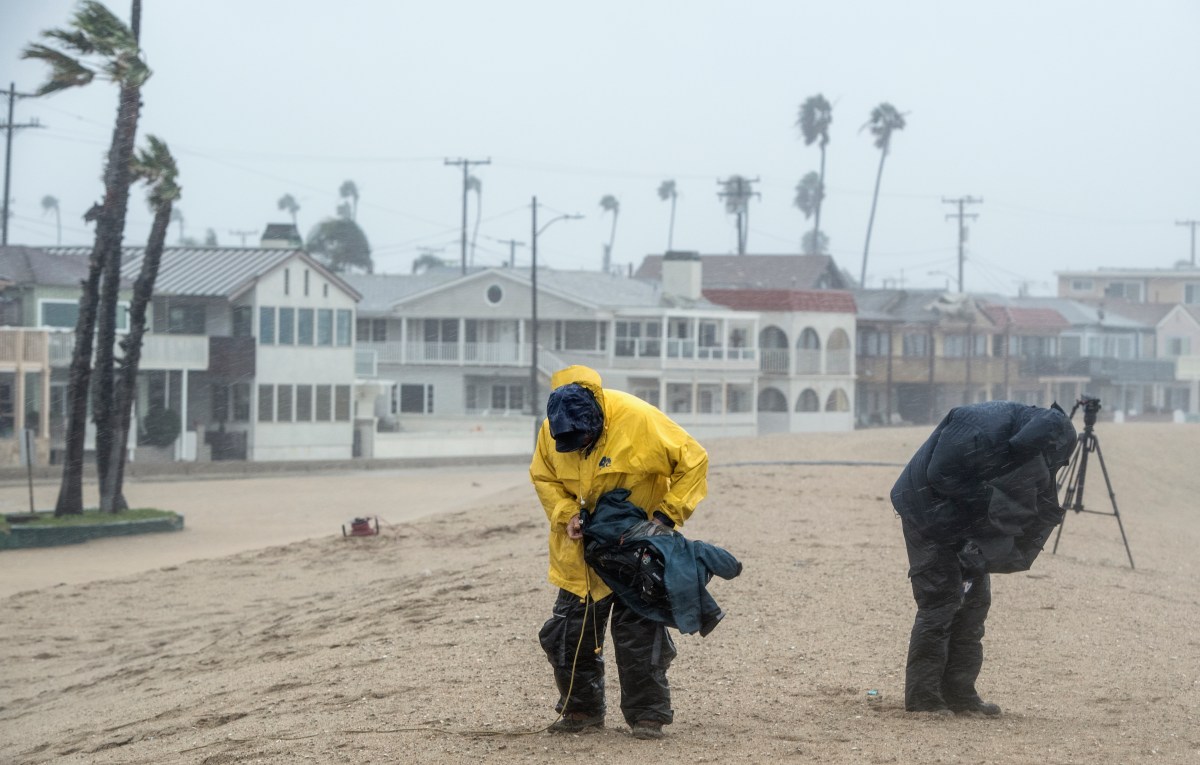
Being first on the scene, making sense of a news event in the thick of the action, can be the most exciting part of a reporter’s job. But covering breaking news can also be downright dangerous. We live in a world with mass shootings, protests and state violence. Just last week, one reporter was fatally shot, and another wounded, while in their car reporting on the scene of a shooting in Orlando.
While no plan is 100% danger-proof, taking safety measures and creating a plan with the support of your newsroom can help reporters stay out of harm’s way. NBC News’ Global Security team offers these five safety tips to help multimedia journalists, producers and reporters cover stories on location, even if they are on camera in a familiar spot.
1. Conduct advance assessments of a location.
The “five W’s and one H” also apply to safety when reporting on location. Once assigned a story, journalists need to research where they will be for the duration of their coverage. It’s wise to take a quick search for a location, even if the spot is a routine pick for a live shot. Maybe there is a protest that day or a loud event in the area. It helps to know what is happening before a crew sets up and rolls tape.
Screening for other concerns in unfamiliar locations increases the safety of your live shot. Breaking news often allows few moments for preparation, but integrating quick searches for red flags can help plan for any issues. For example, finding out regulations for PPE can save a scramble for resources. Or in situations where journalists or the public may be targeted, you should consider wearing safety attire in consultation with newsroom leadership.
2. Use law enforcement as a resource.
Reach out to local officials and utilize them as resources for safety tips when necessary. A producer could search a precinct website for information on protests, street closures and more. It is especially important to review and note all instructions issued by police if a journalist is attending an event where contact with the police is needed. Researching a story is just as important as researching safety guidelines, so no one is caught off-guard. If warranted, book a security guard to help maintain crew safety.
3. Prepare an emergency action plan in case of quick evacuation.
Determine an emergency escape route. Prepare transportation alternatives and a list of emergency contacts (significant others, nearest hospital, local fixers, etc.) in case something goes wrong and you lose your phone or get separated. Also, mark a prearranged meeting location if separated from your team.
4. Report from a safe location.
No camera angle is worth endangering a crew’s safety. Do not place a live shot in the middle of the “action.” The best place to report from is an elevated position in a consistent environment. Weather can play a factor in determining the best spot for a crew’s location, especially during storms or floods. It is also important to be aware of foot traffic and potential conflict points and to communicate with your safety team on logistics before setup is finalized.
5. Maintain strong situational awareness.
Do not have tunnel vision on assignment. Periodically scan the area for threats while on location and move if something happens that makes anyone uncomfortable. Refrain from making detailed posts on social media about your location and don’t share it in real time if you can avoid it. Avoid company-branded clothing on shoots, but still introduce yourself as a journalist. It is not appropriate to mislead or deceive someone you are interviewing to obtain the news.
Try to anticipate threats and gain context on an area before stepping out to report. Sharing your research and safety tips with the crew and articulating boundaries helps keep everyone safe.



